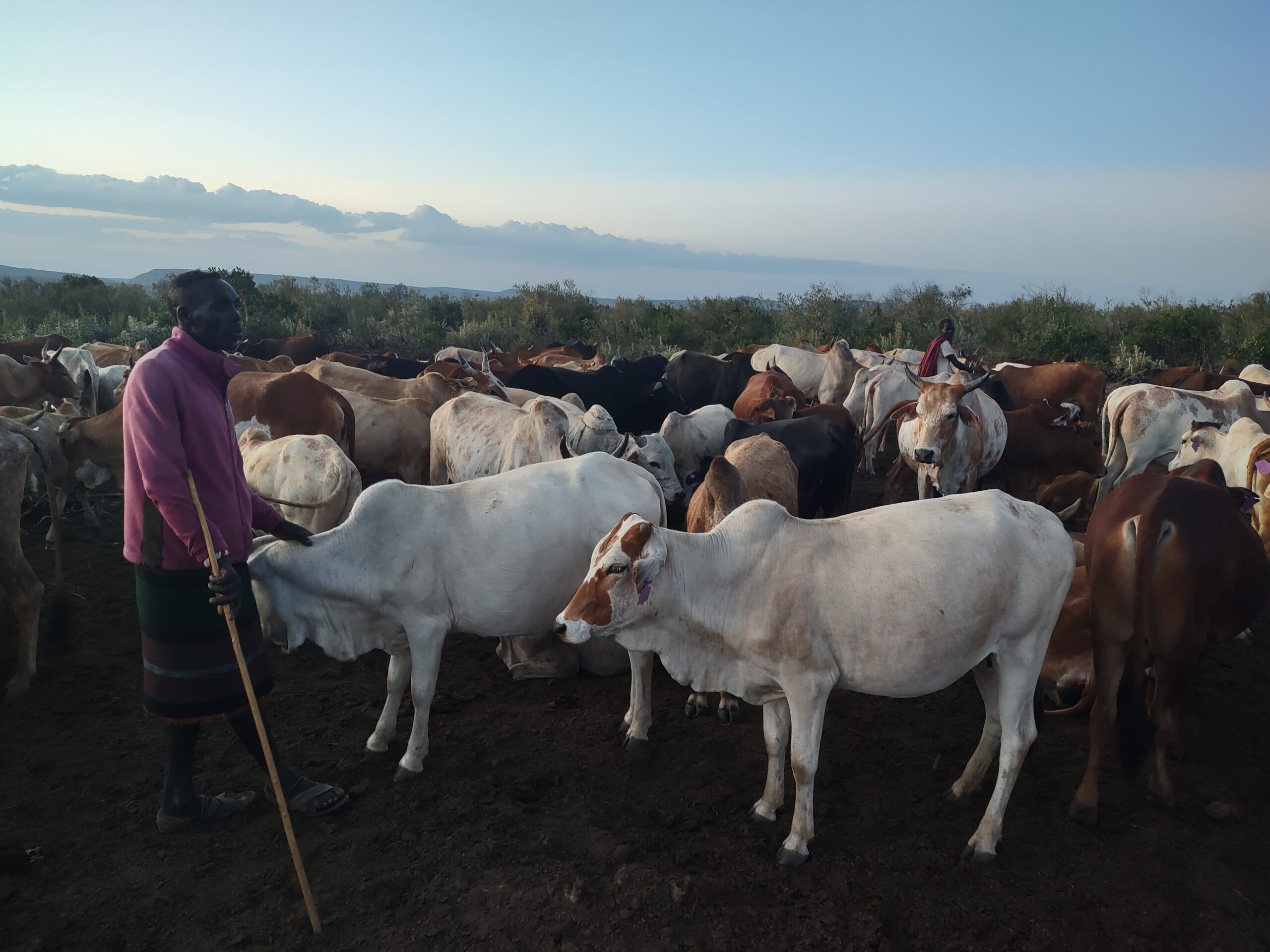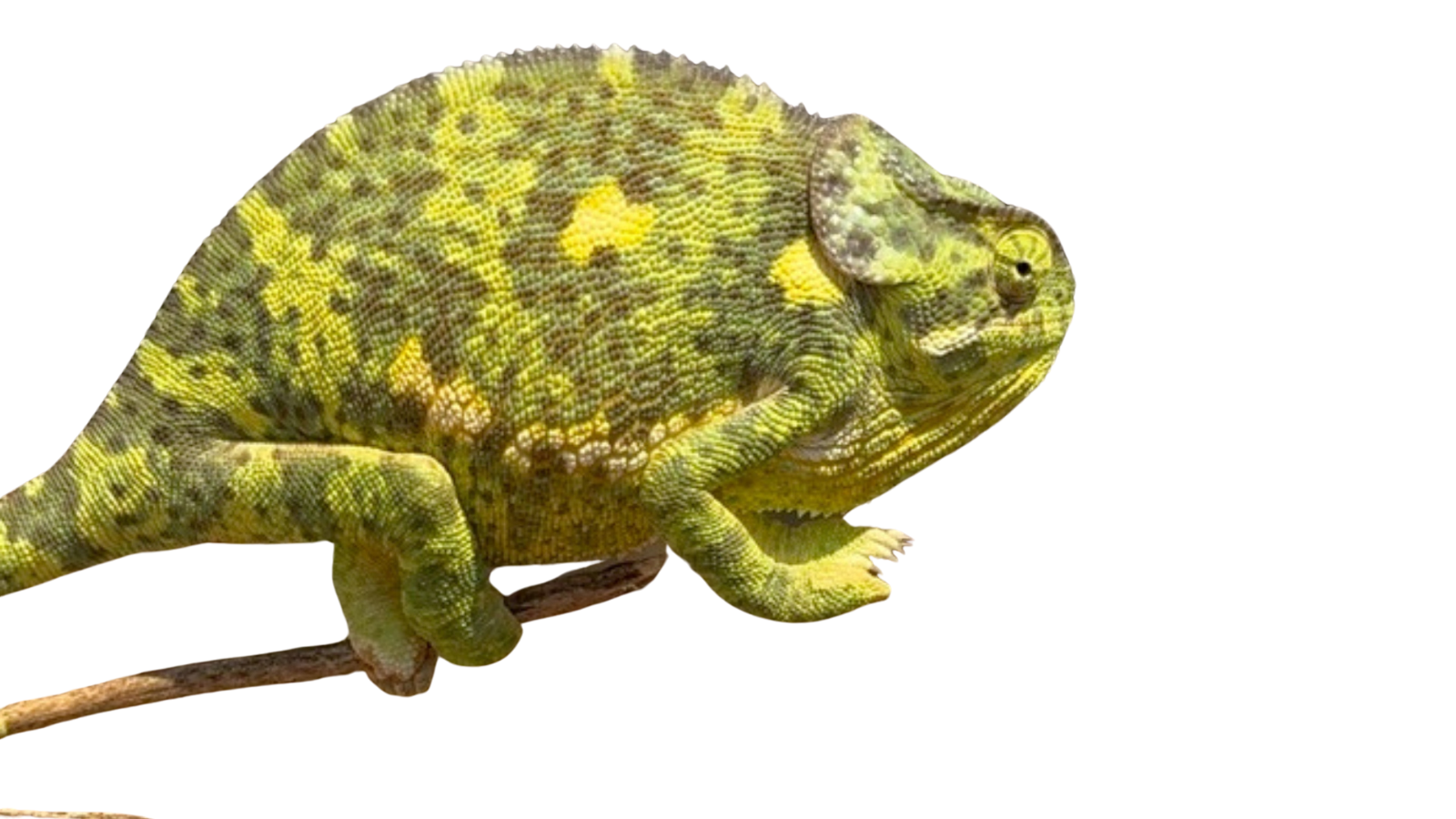
10
The last time anyone heard from this blog, we were ranching on a flat green rectangle of a ranch in Southern Oregon, purchased with a lot of debt. Covid made that ranch worth a lot and made that debt very expensive. So, we sold it. I took it as an opportunity to live out a lifelong dream, ranching in Kenya. I hear zebras braying as I am writing this. I moved here because African savannas are critical for understanding how to manage grazing lands and for understanding the modern world. Now that I am getting my feet under me, I am ready to start talking again, continuing to discuss grass management, cattle handling and how we can use our knowledge about past ecosystems to manage today. I also want to start talking about how the condition of savannas impacts our life and our modern world.
First, I want to talk about cattle handling in America, from a Kenyan vantage point.
People beat the cattle and yell at them, and it works out okay (for the people at least). Here there are commercial ranches and also community areas. In the community areas the tribal people handle the cattle in a way that would be familiar to an American rancher. They shout and whistle, they beat them with sticks. But the cattle respond in a totally alien way. Cattle here do not run from people. Cattle move calmly in a group. I can walk up and touch strange cattle. We will catch cattle in pens of portable panels for branding, yet the cattle just sort of stand there and take it, instead of running over the side of the panels in blind panic.
The difference is that cattle in Kenya are with people all day, since they need protection from lions and cattle thieves. Every night the cattle sleep in a boma (pen) close to home. Cattle are so used to people. Cattle will just stand there while someone hits them with a stick. Now, I’m not saying that this is a good thing (it’s not), and I will say that it works much better when I use Bud William’s techniques. Here it only takes a few minutes to get cattle accustomed to the Bud Williams way of handling, instead of the weeks that it might take in the US if you are chasing wild cattle around in the brush.
But my point is that many of our handling problems in America are the result of neglect and not just abuse. From this perspective American ranchers are almost never around their cattle. If you are around the cattle more, and the time you spend around the cattle is positive, you will have fewer problems. It’s not so much about doing it “right”, but about doing the best you can and doing it more.
